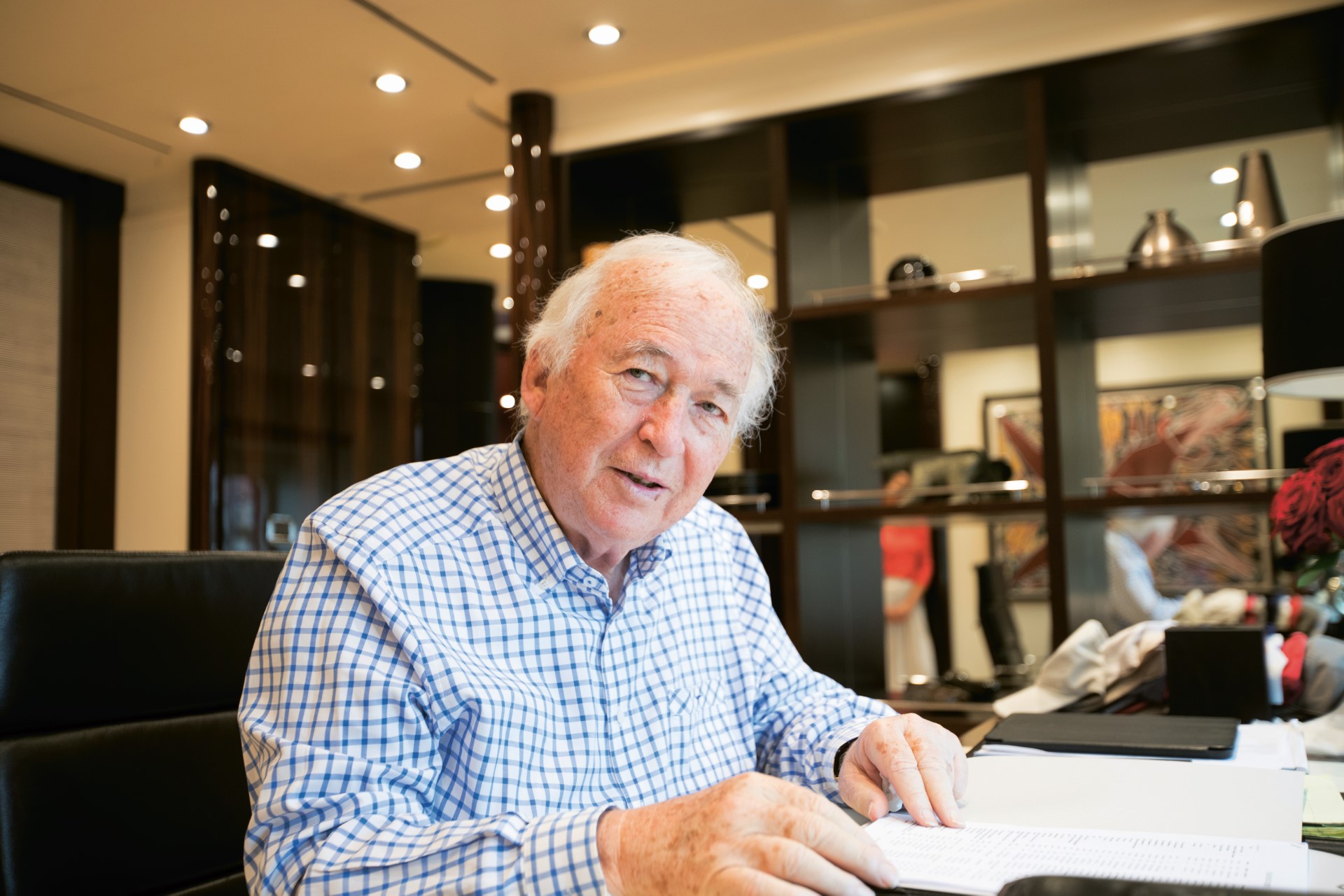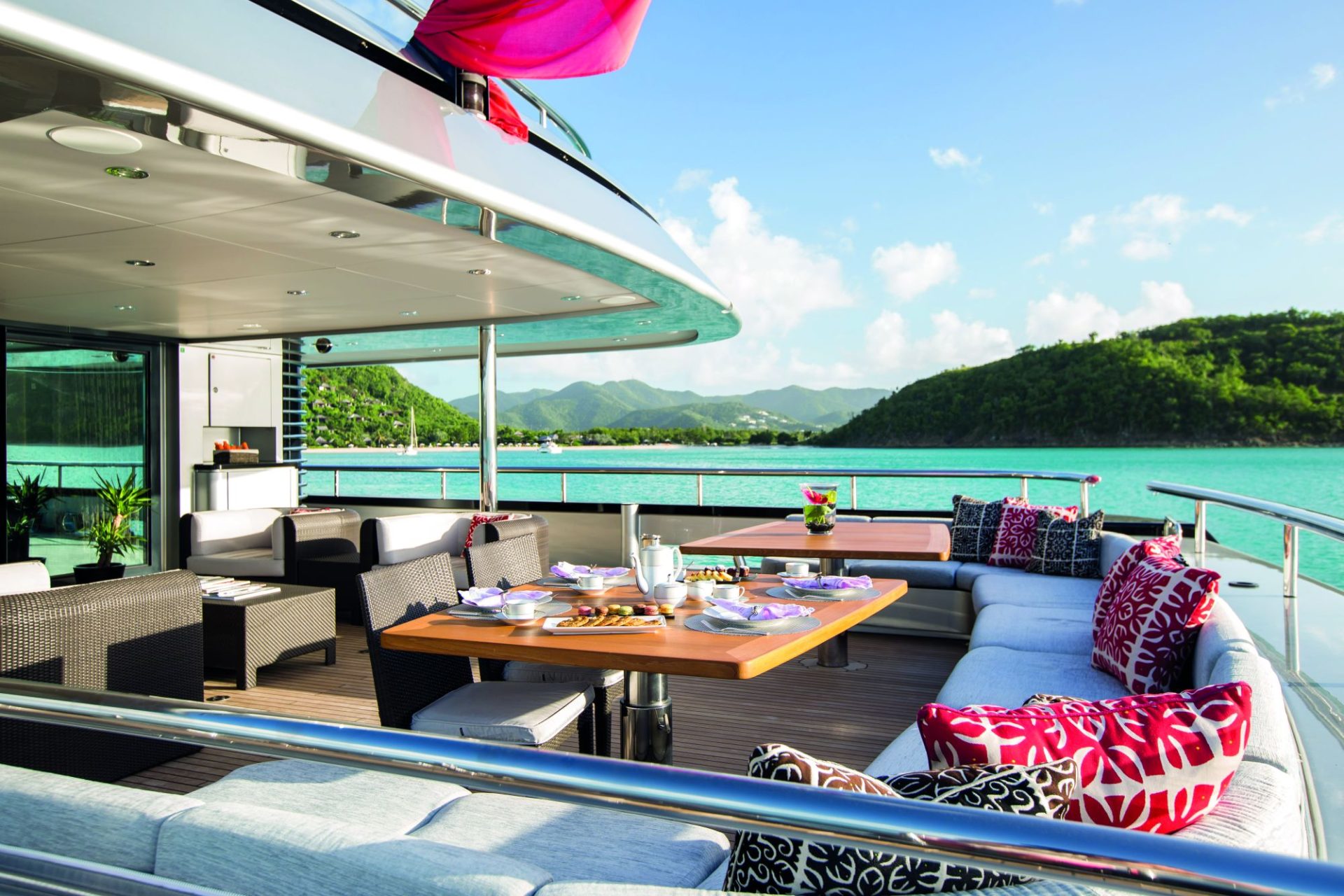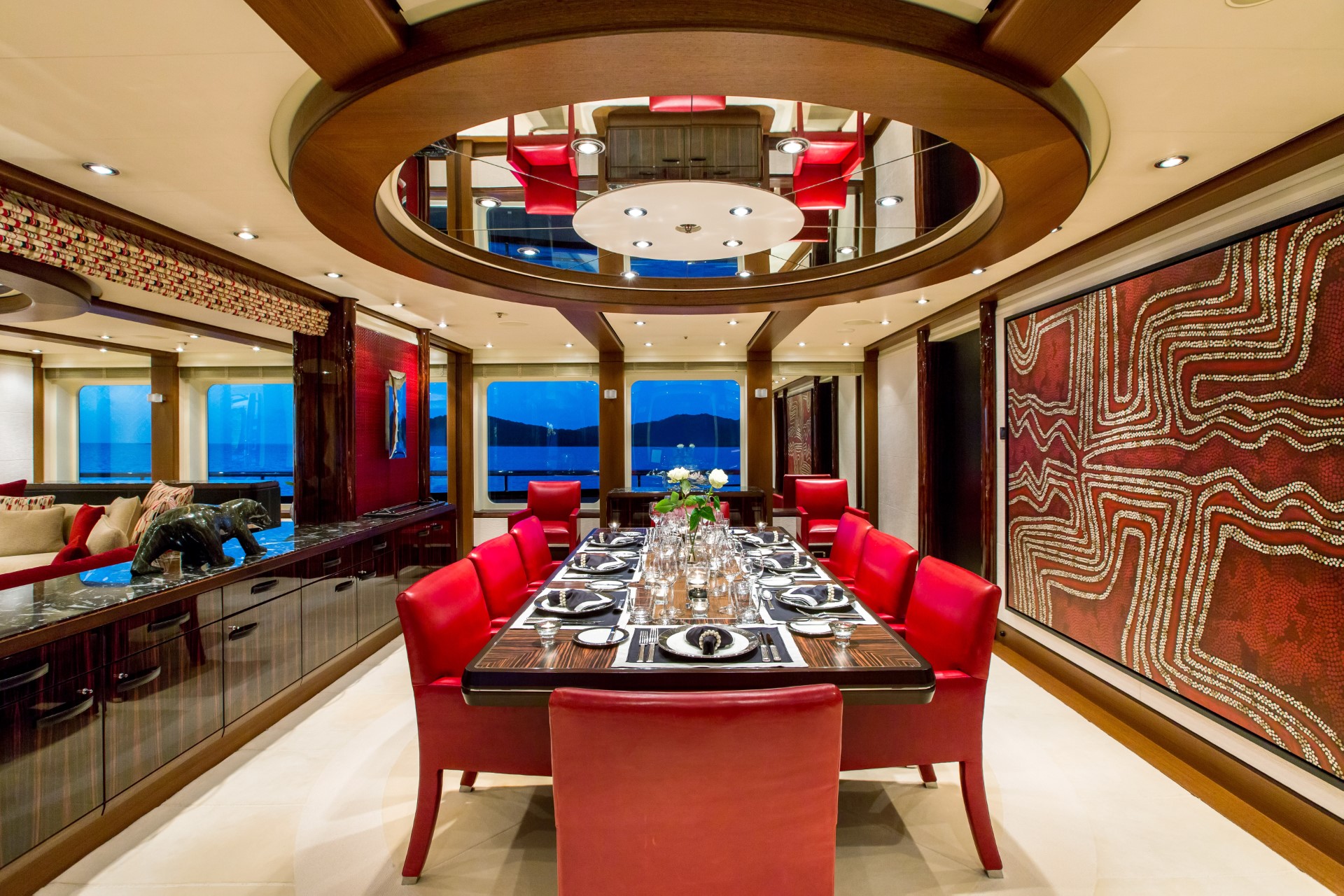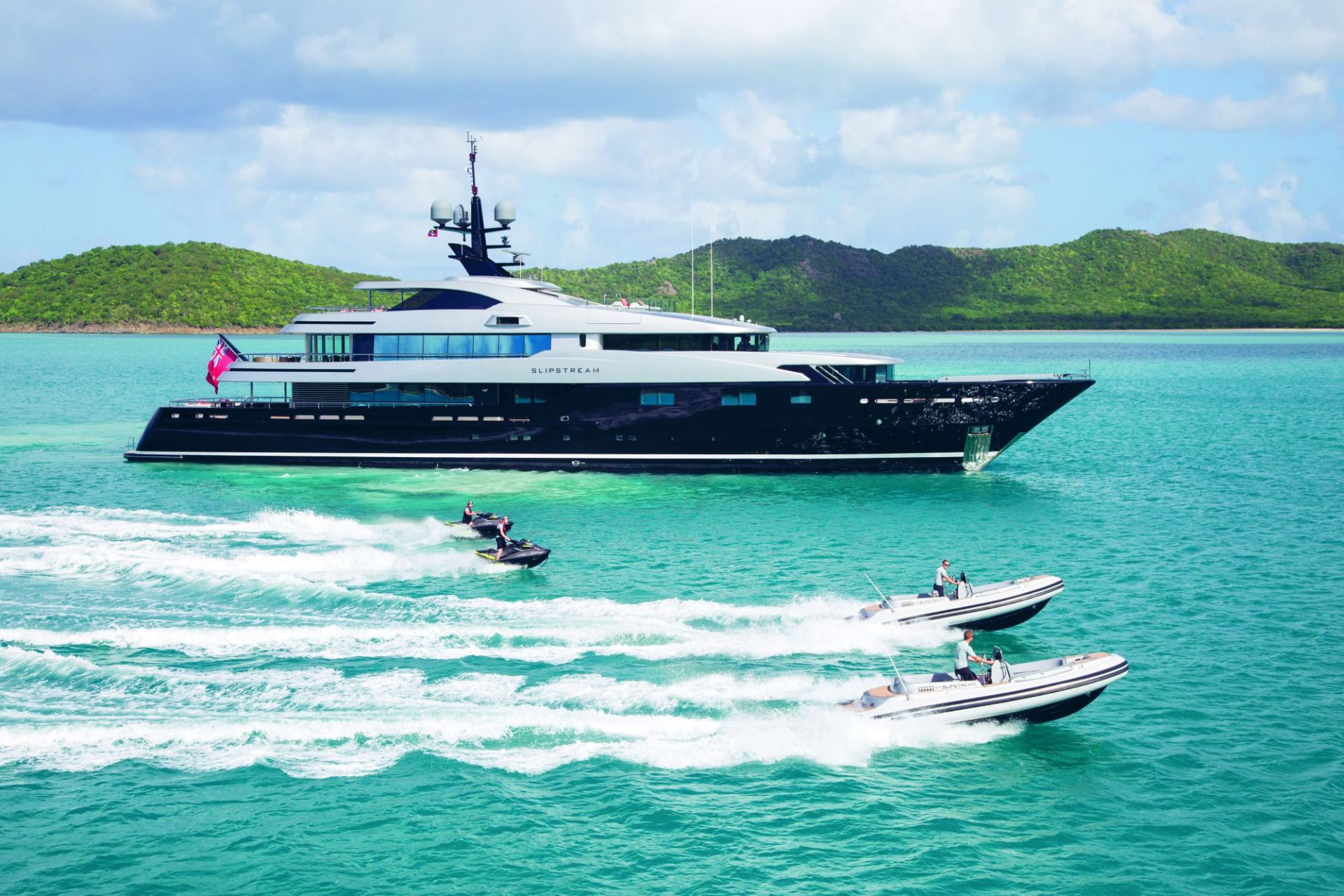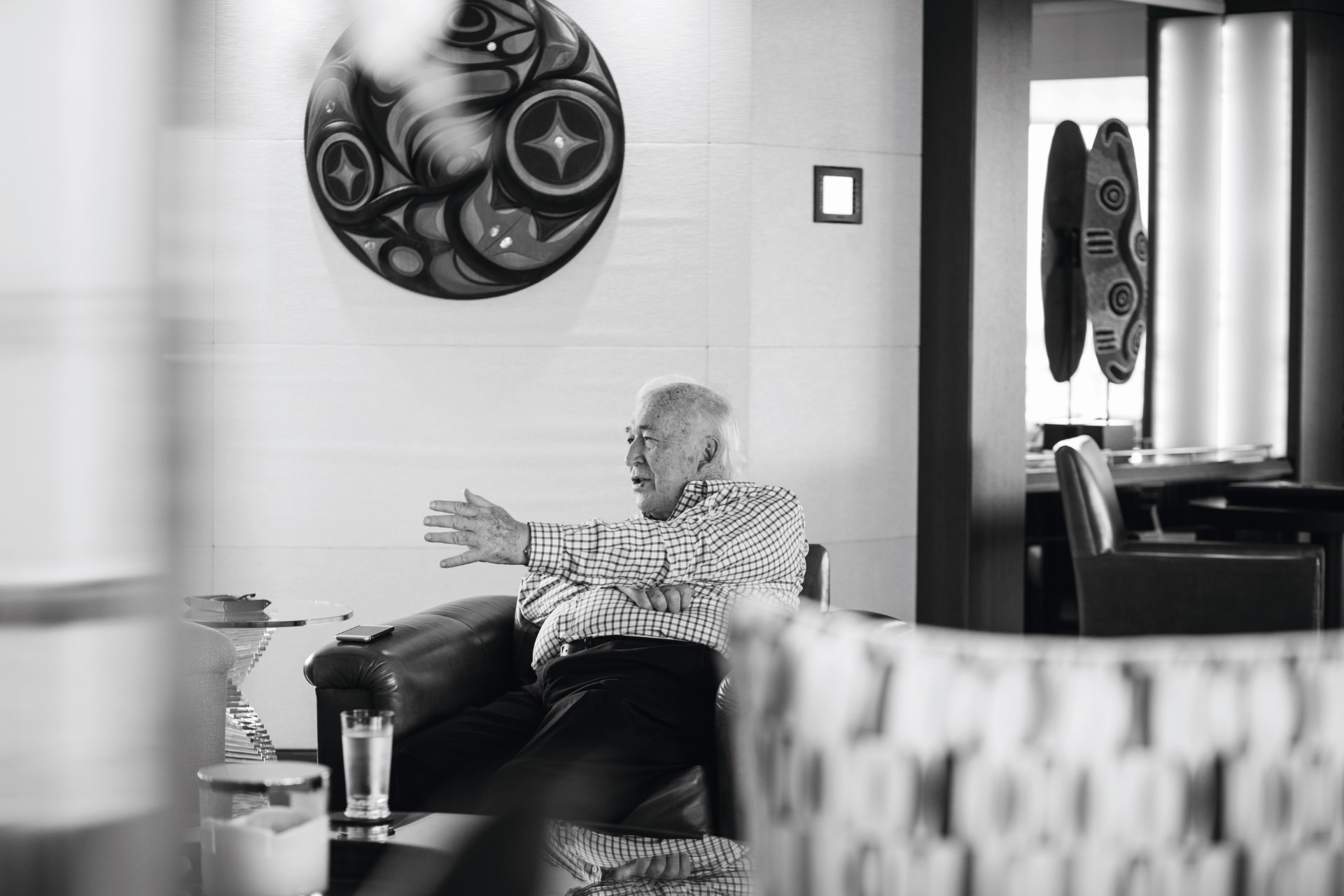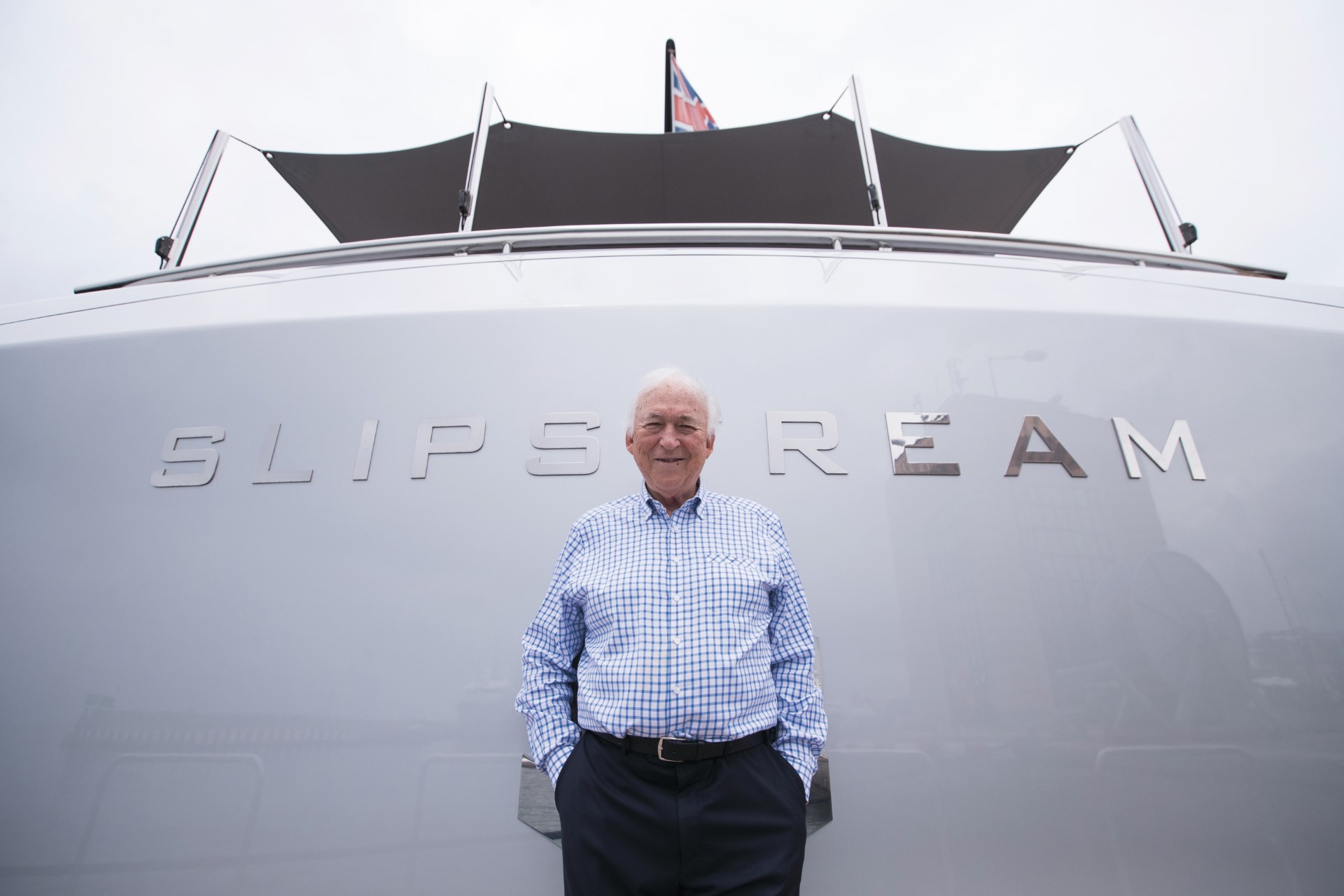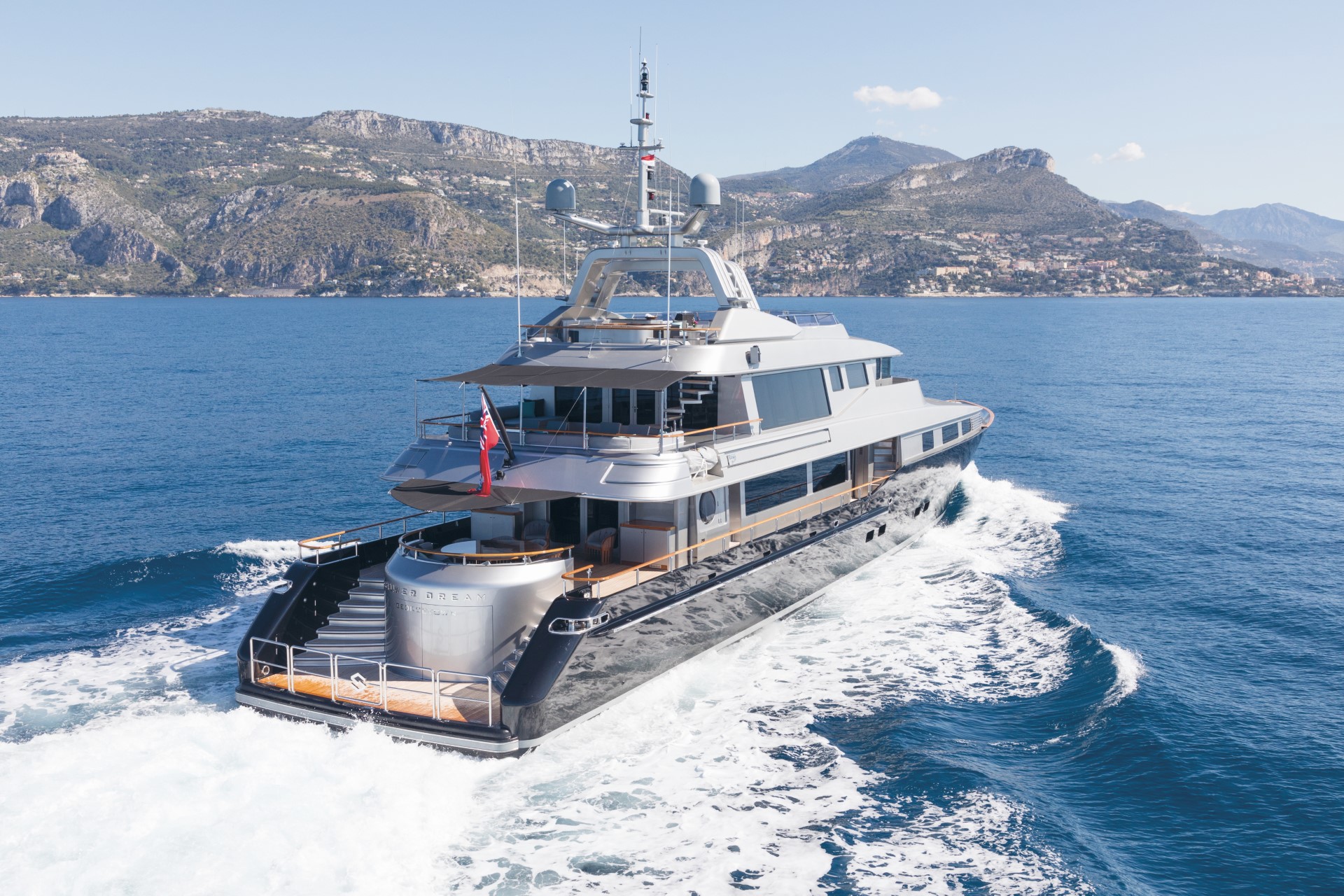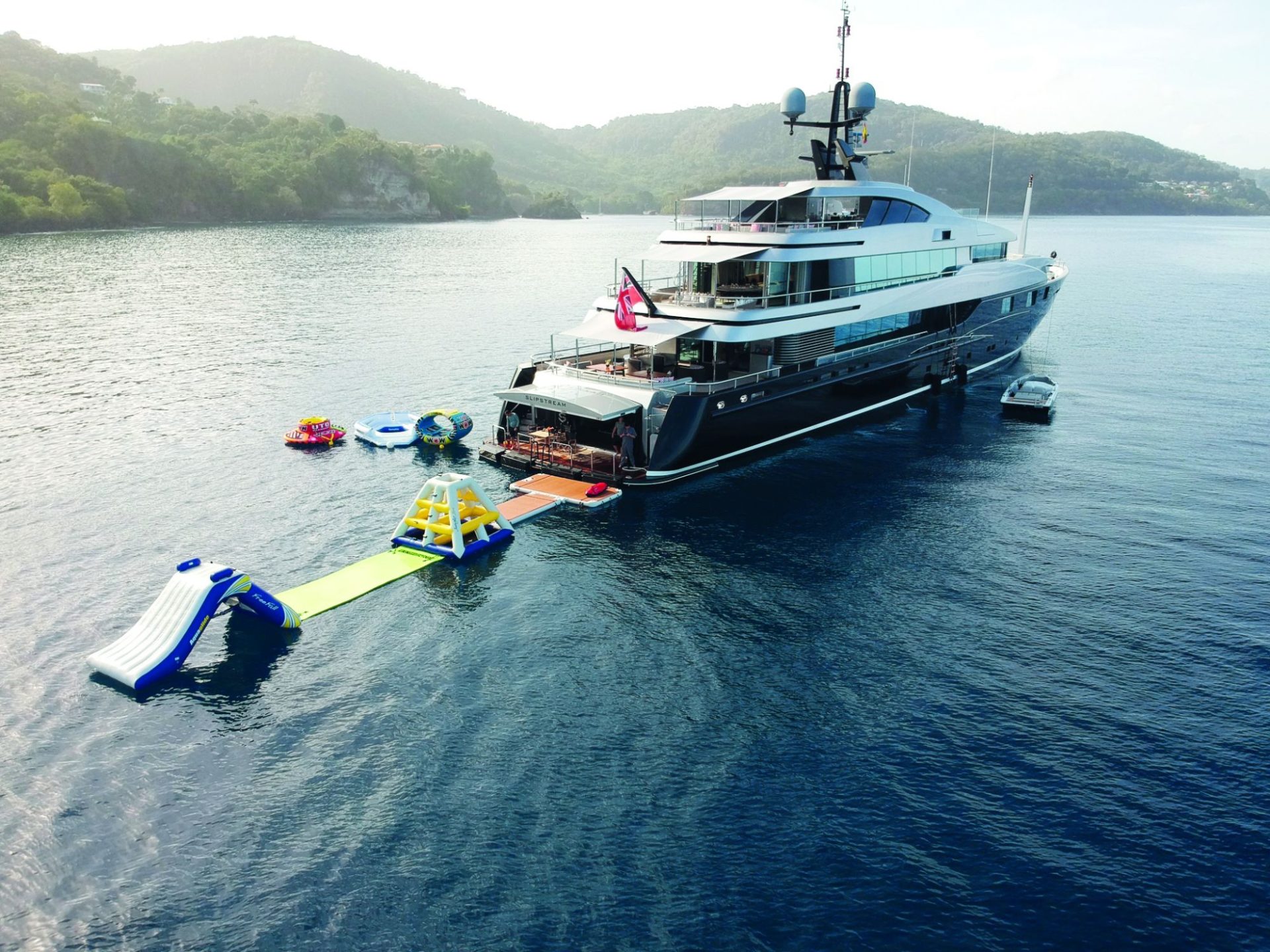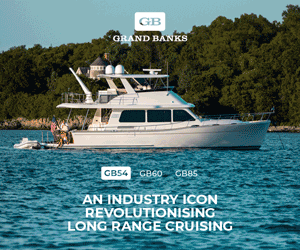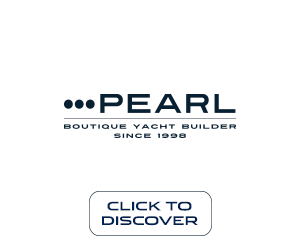Slow burn
While Jack Cowin built an empire on fast food, his conversion to yachting was slow. But, with two highly sought-after charter superyachts in his stable, his passion and success are no less impressive for that fact.
Written by Charlotte Thomas
14 December 2023
There’s a certain irony at play when it comes to Jack Cowin and his love of yachts . Best known for starting the Hungry Jack’s chain in Australia, the Sydney-based entrepreneur may have made his fortune in fast food, but there was nothing quick about his journey to the sea. In fact, boating came relatively late in life despite all the ingredients being there from an early age.
“I grew up in Windsor, Ontario, across the river from Detroit, but I had no boating experience during my childhood. Even though we lived on a lake,” he begins, “there was no history of boating at all.”
After spotting an opportunity in a market where fast food barely existed, Cowin moved to Australia in 1969 aged 26, hungry for success and armed with seed money he’d raised to open a handful of restaurants under the KFC franchise.
After a few months in Sydney, he and his wife Sharon moved to Perth to work on the business, staying there for 10 years. The Australian way of life and its strong link with the sea was his first real taste of the boating lifestyle. “It’s part of the culture here,” he says. “In the early days, we rented a houseboat on the Hawkesbury River.”
The boating culture in Perth and the Swan River was just as pervasive as in Sydney, and the Cowins made frequent trips to Rottnest Island for holidays. Still, the boat didn’t come. “I didn’t have a big interest in owning a boat because I still didn’t know much about boating, and had a preference for being invited by friends on their boats,” he grins. “It seemed to be a better way of getting around it!”
As Cowin’s business empire grew, so did his network of contacts, and the moment of revelation came in the 1980s thanks to Australian businessman Alan Bond. “In 1983, of course, Bond won the America’s Cup,” Cowin enthuses.
“We knew him, and at that point, he had a 56-metre yacht, which seemed like an ocean liner to us – it was the biggest boat we’d ever been on. He invited us aboard for the America’s Cup; that was our first exposure to a superyacht and it blew our minds.”
Although sold on the experience, Cowin’s venture into yacht ownership was entirely accidental. A decade after the big awakening, at the end of the 1990s, an Australian Olympic sailor friend who was interested in yacht design and construction approached Cowin about building a boat together purely as a business proposition. “I went into it as an investor,” Cowin says.
“The concept was that we could build a boat in Australia at a certain cost – the Aussie dollar was low at the time – and we could then take the yacht to Europe and sell it. Of course, we discovered a large number of the components had to be bought in US dollars!”
The build took three years and the result was the 43-metre Warren Yachts-built Silver Dream, which was delivered in 2001. The pair put the yacht on a freighter to Europe and, within a week, had had an offer on it.
“I said to my partner, look, we’ve spent three years building this boat; we could at least have one summer enjoying it. But the offer was attractive, and he wanted to sell, so I had no alternative but to buy him out. So then I owned a boat, for which I had no real experience or knowledge!”
Luckily, he found an experienced captain to run the boat, which meant Cowin and his family and friends could essentially be passengers, enjoying everything the yacht offered. They decided at the start to charter her, not least because, with the boat in the Mediterranean and the family living in Sydney, it made it difficult to use the yacht on an ad-hoc basis.
“One thing we learnt relatively quickly was that the crew liked to be occupied, so chartering kept them happy – and us too with the charter income we got,” Cowin says.
“We’d still use the yacht a couple of times a year, in the Mediterranean in the northern summer, and in the Caribbean. We also went to the Maldives and as far as Thailand,” he adds, “although we initially cruised a lot along the milk run from St Tropez to Portofino in the western Med.”
Once the ownership bug had bitten, it didn’t take long for Cowin to start thinking about a new yacht. “Once you get involved in the boating world, you see bigger and more elaborate boats with different features,” he smiles.
The result came at the end of the 2000s with the 60-metre yacht Slipstream, which Cowin built at the CMN yard in France alongside a sister ship called Cloud 9, owned by Australian businessman (and Cowin’s friend) Brett Blundy. “We were in business together and decided to do it together; we built the yachts side-by-side,” says Cowin.
With both yachts sharing the same platform and core design from Winch Design, they would be differentiated primarily by their interiors, and it is in Slipstream’s elegant finishing that Cowin’s heritage really comes to the fore.
There are large pieces of Aboriginal art throughout the boat – a nod to his five decades in Australia – but there are also pieces that reflect his Canadian upbringing, including a striking feature piece in the yacht’s foyer. “I think we’re the only boat with a totem pole,” he beams.
Like Silver Dream, Slipstream has chartered from the day she launched under management by Burgess and, like Silver Dream, has proven a highly popular and very successful charter yacht – one family, her captain tells me, has come back 18 times.
The key, says Cowin, is the crew. His captains have been with him for 22 years and 18 years, respectively, and the rest of the crew are first class in their service, hospitality and teamwork.
For their part, Cowin’s family and friends have all become converts to the yachting lifestyle, and they’ve enjoyed some magical cruises together, although Cowin freely admits to not being an intrepid explorer.
That didn’t stop them, however, from taking Slipstream on an extended cruise through Northern Europe in 2022, with family (the Cowins have four children and 12 grandchildren) and friends joining for various legs.
“We started in Dublin, southern Ireland, then went across to the Isle of Man, up the west coast of Scotland to Stornoway, and then we went to Edinburgh while the yacht went across to Norway where we met up with her again,” he says.
“Then we cruised down the Norwegian coast and across to Copenhagen in Denmark, through the Kiel Canal to Hamburg, Germany. The original plan was to then join the yacht in London,” he adds, “but we were invited to see the Rolling Stones in Paris, which obviously won out!”
For now, Cowin doesn’t have a boat in Sydney and is keeping both superyachts in the Med. “We’ve looked on several occasions at bringing Silver Dream back to Sydney, but there’s a big charter industry in the Mediterranean that Australia doesn’t have quite yet,” he says. “Boat ownership and chartering is growing here, and the facilities are having to catch up.”
Still, 40 per cent of the world’s population lives on Australia’s doorstep, so if you have the facilities and the availability, it will definitely be a growth industry.
“In addition to Australia,” he notes, “you also have the Fijian islands, Vanuatu, the Cook Islands, Indonesia, the Philippines, and the whole of the Pacific Rim – there are some very exotic charter destinations that will bring people here.”
With more than two decades of yacht ownership experience, Cowin has some solid advice for anyone thinking about taking the plunge into yachting. First, he says, try to experience it for yourself by chartering or joining friends who own or charter yachts. And, if you do decide to buy or build a superyacht, there are a couple of simple rules to live by.
“From a construction design point of view, get professional advice,” he offers. “Once you own it, the key is establishing a relationship with the captain and the crew who will be running your business – whether you charter or don’t charter, they are little businesses because you have to employ people and manage the process. There are a lot of beautiful boats out there,” he adds. “The difference between a good one and a great one is the crew.”
For those who are still unsure, Cowin recommends considering the advantages a yacht offers over joining a cruise ship, even a boutique one. “One is the privacy – you go on one of these big cruise ships with thousands of people, and you wouldn’t call that a private experience,” he advises.
“But probably more so is the ability to tailor-make your holiday to fit your interests, and to be able to do what you want, whenever you want to do it – that, to me, is one of the major appeals of a superyacht, rather than having to stick to whatever schedule a cruise ship has.”
You have to wonder if, two yachts in, Cowin has plans for another. “I continue to flirt with the idea,” he admits. “We came close pre-pandemic, but COVID hit that on the head.”
Still, he says they continue to entertain the idea. “New boats have new features, and they say bigger is better. Now that life has somewhat returned to normal, we can continue to think about it. But,” he teases, “we haven’t crossed that bridge. Yet.”




